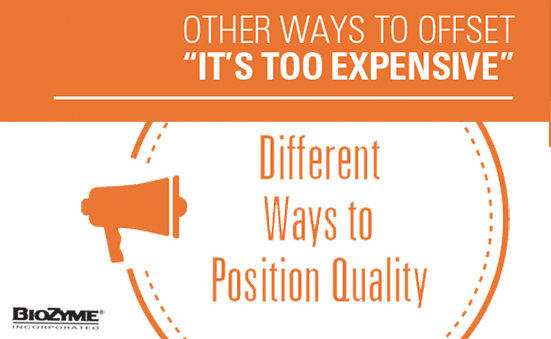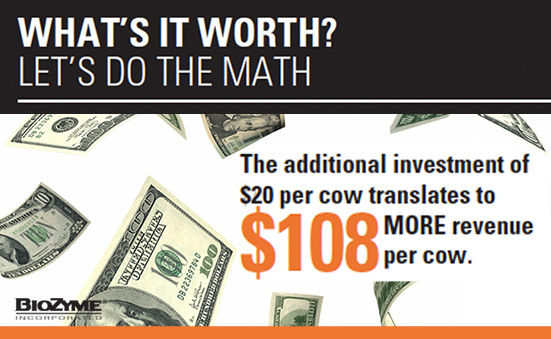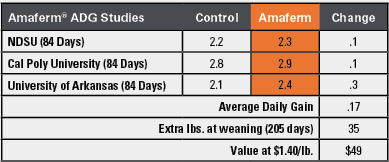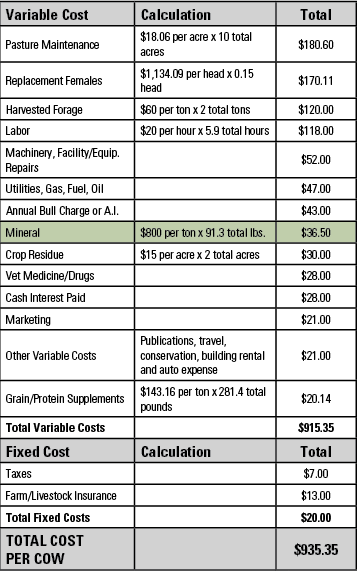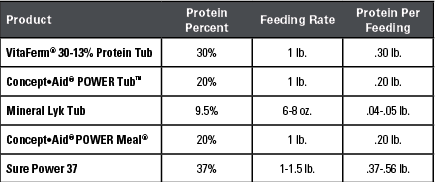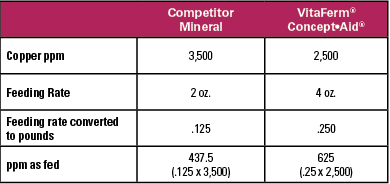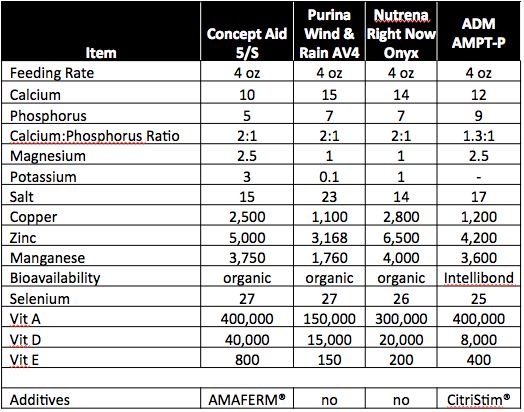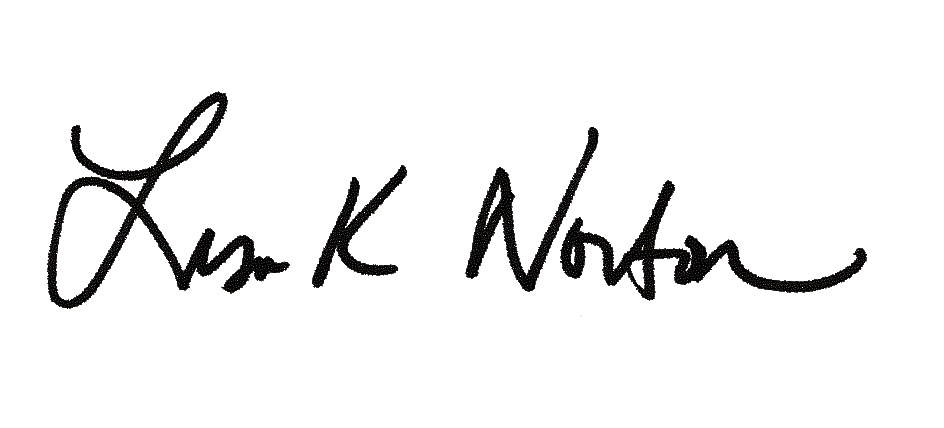Learning is a complicated concept as everyone is unique in their own way, and learns in their own way as well. It is easy to give up when customers don’t react positively to the way you’ve positioned a product. You understand it… why shouldn’t they?
Unfortunately, we have to understand that all customers are different and different positioning tactics appeal to some more than others. Here are a few quick tips on conquering the “It’s too expensive” objection we often hear:
Divide into Daily Prices
For just 15 cents per head, per day, you can feed your cow the mineral program that will result in performance that pays.
Compare the Price to Something Tangible
Vita Charge® Gel gets livestock back on feed for less than the price of a Starbucks® coffee.
Increase the Perception of Value within the Product
Dyson has claimed 27% market share in the US vacuum cleaner space. They detail everything behind their products:
- 5 years of prototyping
- 5,127 prototypes
- 1,000 Dyson engineers and scientists in Britain, Singapore and Malaysia
- Engineers in disciplines like Fluid Dynamics, Aerodynamics, Turbo Machinery and Acoustics
Let’s do the same with BioZyme® mineral…
- 60+ years of developing products
- 160 published university research studies to prove how the products work
- 350 PhD’s study the impact of Amaferm®
- 12,000 cows each year participating in field trials for real-world proof
Introduce a Calculator
BioZyme has developed several calculators to help pencil out the value of the VitaFerm® mineral products. Take the time to go through these calculators with your customers. These calculators can be found at:
http://vitaferm.com/cost-calculators/.
Offers Stats that Prove Others Believe in the Value
In 2011, 216,714 beef cattle consumed VitaFerm every day -or- 5,418 producers believed in its value
In 2015, 538,379 beef cattle consumed VitaFerm every day, so today the brand is trusted by over 13,459 producers and counting!
